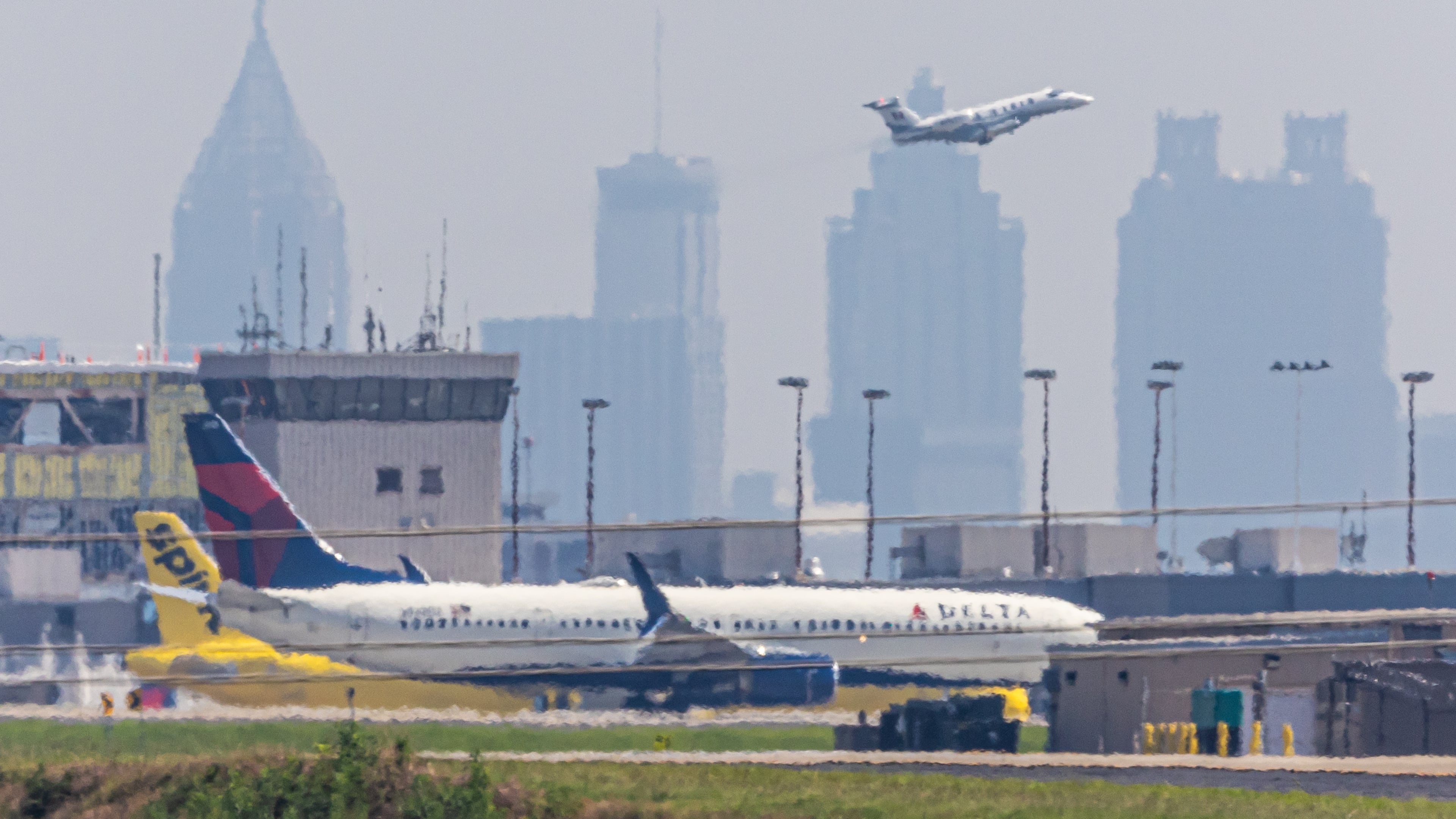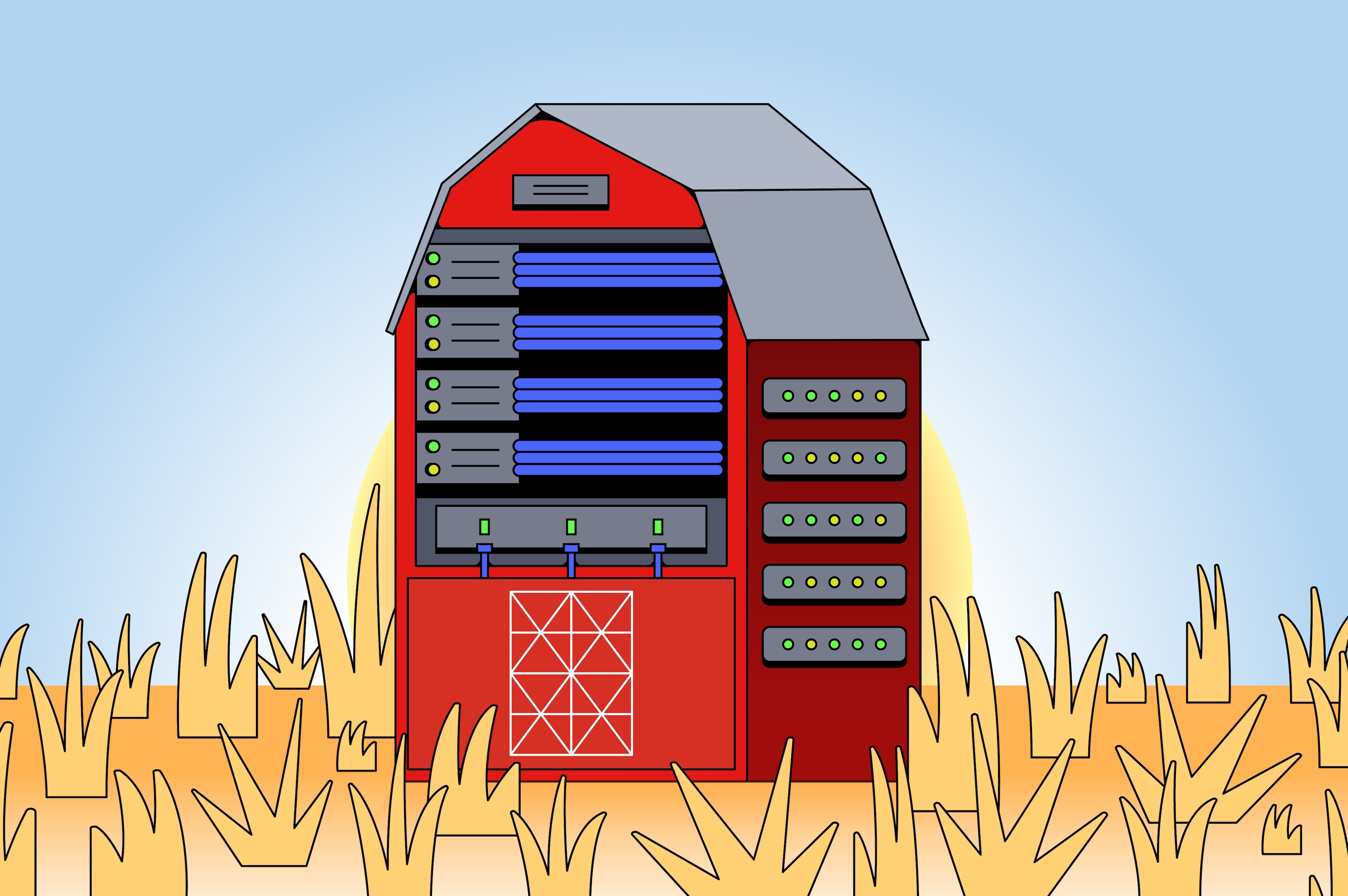Return to pre-COVID routines has brought Atlanta unhealthier air

For many, the early months of the COVID-19 pandemic were a time of fear, sickness and disruption. But as offices and schools went remote, there were a few silver linings.
As people stayed home and the roads cleared, so did the skies — especially in car-centric cities like Atlanta.
In 2022, the federal Environmental Protection Agency declared the metro Atlanta area had officially achieved the federal standards for ozone, a hazardous pollutant linked to asthma and other respiratory issues. The redesignation was hailed by state officials as “great news” that would help ensure “all communities in Atlanta have clean, healthy air to breathe for generations to come.”
But fast-forward three years, and many Atlantans have resumed office commutes. And as routines “return to normal,” so too have ozone levels, Georgia Environmental Protection Division data shows.
In 2024, the most recent year data is available, two of metro Atlanta’s eight monitoring stations were above the EPA’s current ozone benchmark of 0.070 parts per million. After falling during the early years of the pandemic, concentrations have crept back up at other stations, too, EPD data shows.
Compliance is determined by stations’ “design values,” a three-year average of annual data captured at each monitoring site. The fourth-highest reading recorded at each location is used as that site’s annual value.
The measurements don’t mean the region is back in “nonattainment,” a technical term for areas deemed out of step with national air standards by the EPA. But the rising concentrations mean pockets of metro Atlanta could be at risk of slipping out of compliance in the coming years, EPD staff say.
“It is a concern,” Jim Boylan, chief of the EPD’s Air Protection Branch, said earlier this summer. “We want everybody breathing air that meets the standard, so we’re putting a lot of effort into that.”
Ozone is a gas made up of three oxygen molecules that occurs at the ground level and in the upper atmosphere.
High in the stratosphere, ozone helps reflect the sun’s harmful ultraviolet radiation back into space. But when it lingers close to the Earth’s surface, the gas can irritate lungs and airways. Children, the elderly and people with asthma are most vulnerable to health complications from exposure, according to the EPA.
Vehicle traffic contributes to ozone formation, but the gas doesn’t come straight out of tailpipes or factory smokestacks. Instead, it forms when the toxic soup of pollutants emitted from vehicles, power plants and industrial facilities commingle and react in the presence of sunlight.
Weather also influences ozone formation, and levels are typically worse on hot, sunny days. That makes the summer months high season for ozone.
Wildfire smoke also contributes and could partly explain the higher concentrations the Atlanta area has seen lately, said Kevin Stewart, the American Lung Association’s director of environmental health. In 2023, smoke from record-breaking wildfires in Canada blanketed the skies in Atlanta and other U.S. cities for days.
Stewart said maintaining healthy air requires local action, but added that climate change effects — like worsening wildfires and extreme heat — are among the “broader influences” air planners will increasingly need to reckon with.
If Atlanta fails to meet the standard, it could create headaches for new economic development.
Boylan said it would make it difficult to permit new data centers, electric vehicle plants and other factories that produce emissions. Existing facilities could be required to make costly upgrades to control their pollution, too.
But metro Atlanta’s return to the EPA doghouse is far from a forgone conclusion.
Data for 2025 won’t be available until next year, and any decisions from the federal government on Atlanta’s status wouldn’t come until 2027 at the earliest, officials say.
Earlier this year, the EPA added another wrinkle when it announced plans to “reconsider” the current ozone standards, which were enacted in 2015 then reaffirmed in 2020 during President Donald Trump’s first term. It’s not clear where the EPA might set its new benchmark, but under Trump, the agency has sought to weaken or eliminate dozens of environmental regulations.
For now, state and local officials are exploring the levers they can pull to help clear the air.
David Haynes, a senior transportation planner at the Atlanta Regional Commission — which helps lead metro Atlanta’s air quality planning — stressed that air pollution in the city has improved dramatically in recent decades. He said the agency is not panicking about the ozone trend, but said steps like commuting at off-peak times, taking MARTA or riding a bike to work can help reduce pollution.
“If you get several million people doing a little bit, it really adds up to some significant congestion and air quality benefits,” Haynes said.
A NOTE OF DISCLOSURE
This coverage is supported by a partnership with Green South Foundation and Journalism Funding Partners. You can learn more and support our climate reporting by donating at AJC.com/donate/climate.



